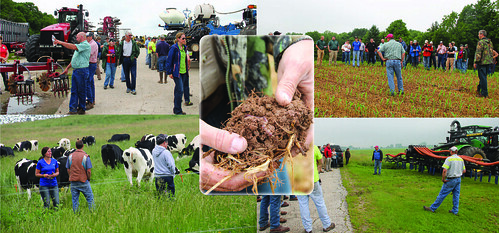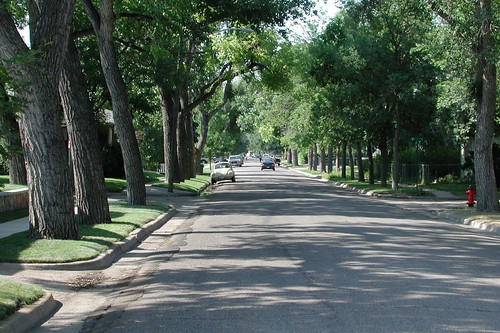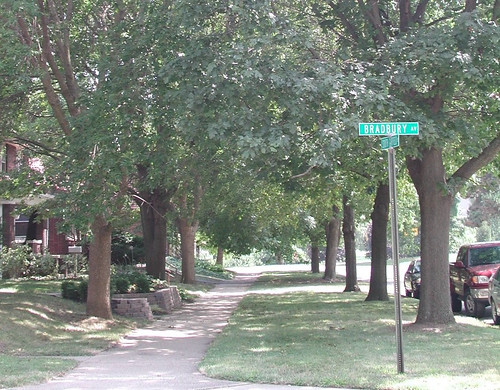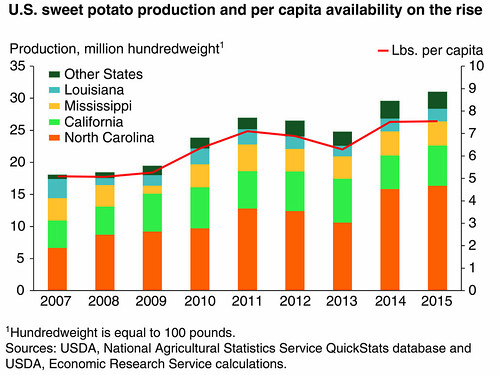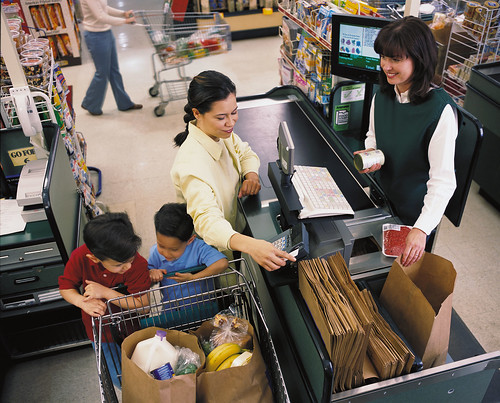By Eric Sprague, American Forests

Summit Lake. Credit: Michael Lehenbauer via Flickr.
As I reached Summit Lake, it was hard not to think that this was one of the wildest places I’ve been. A Barrow’s goldeneye was swimming in the small lake that lies 6,000 feet above sea level. Along the shore mountain chickadees were flocking in the surrounding trees and above the treeline-ringed Rocky Mountain peaks located in Alberta, British Columbia and Montana.
Summit Lake is a three-hour hike from the Cameron Lake trailhead in Waterton National Park in Canada. Along with its sister park in the United States, Glacier National Park, and several U.S. National Forests, First Nations and other public and private lands, Waterton Lake National Park is part of the 18 million acre “Crown of the Continent” ecosystem. With grizzly bears, wolves, lynx and wolverines, the Crown is one of the only North American ecosystems that still retains its full complement of habitats and native predators.
After taking in the view at lunch, Parks Canada scientist, Cyndi Smith, redirected our gaze to the surrounding subalpine forest of Engelmann spruce, subalpine fir, subalpine larch and whitebark pine — the last of which was the focus of our hike to Summit Lake.
An Ecosystem in Peril
In 1910, a fungal disease known as white pine blister rust was introduced to North America near Vancouver, Canada by humans. Over the next 100 years, the fungus spread throughout Western North America and has devastated species of white pine — most notably the whitebark pine.
Combined with other human-caused stressors, including climate change, unprecedented bark beetle outbreaks and the long-term policy of suppressing wildfires, whitebark pine populations are in dire straits. Whitebark pine, which can live more than 1,200 years, is listed as endangered in Canada’s Species at Risk Act and a candidate to be listed under the U.S. Endangered Species Act.
The subalpine ecosystems of the “Crown of the Continent” are some of North America’s most wild places, but yet they are still suffering due to human actions. Without intervening, these ecosystems could change for centuries, if not forever.
A Positive Outlook

Whitebark pine tree with the “red flagging,” a symptom of blister rust infection. Credit: Eric Sprague.
The good news is scientists and conservationists have developed forest restoration strategies that will help whitebark pine withstand the blister rust and provide time for the tree to adapt to a changing climate. These actions include growing and planting blister rust-resistant whitebark pine trees and mimicking natural fires to limit competition from other species.
Whitebark pine is a great example of how people have influenced our native forest ecosystems given its remoteness, but the need for restoration exists across the country, including your local parks and favorite wooded haunts. In the Eastern U.S., much of the forest has grown back in the past 100 years or so as farms were abandoned for richer soils in the midwest. Like out west, eastern forests are also changing due to a growing number of stressors, including climate change, pests and pathogens and invasive plants. Oaks are the most abundant eastern tree species by volume (think lots of big trees), but oak seedlings are all but absent in many locations for numerous human-influenced reasons like a lack of natural, low-intensity fires that would eliminate competition.
What We’re Doing about It
The U.S. Forest Service has estimated that up to 82 million acres of national forest land are in need of restoration. Local communities in partnership with agencies and conservation groups are beginning to embrace forest restoration as strategies for reducing severe wildfires, protecting drinking water sources and maintaining recreation opportunities. More and more studies also show that restoration is a significant economic driver. For example, the Institute for Sustainable Development in Oregon, showed that every million dollars spent on restoration activities generates up to 28 jobs.
American Forests is committed to working with our partners to restore forests in some of America’s most important ecosystems. For example, in the Northern Great Lakes, we are supporting projects that reintroduce wildfire in jack pine forests to create habitat for the endangered Kirtland’s warbler. In the southeast, we are helping partners convert loblolly pine plantations to biodiversity-rich longleaf pine ecosystems. And, in the Central Appalachians were are re-establishing native red spruce forests on former mine lands. Like the sign says in the antique shop, “if you break it, you buy it.”




